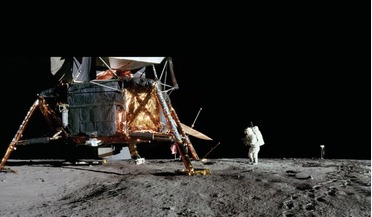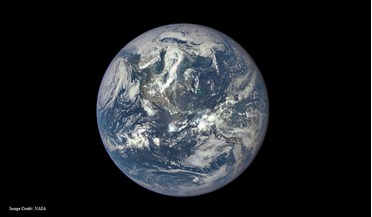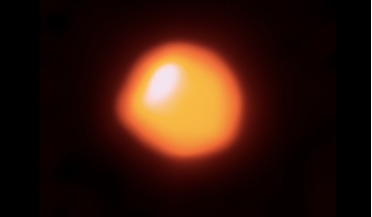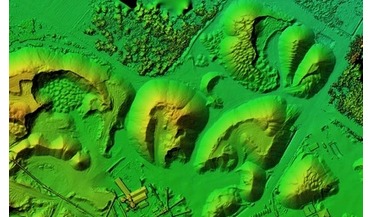 July 2016
France, Europe and Russia - two decades of space launch cooperation
July 2016
France, Europe and Russia - two decades of space launch cooperation
... the European Space Agency (ESA). The initial mission, which was dedicated to the study of interactions between solar winds and terrestrial magnetosphere, was soon followed by two additional Cluster II satellites on 9 August. Three years later...
 December 2017
Panoramas from the surface of the Moon
December 2017
Panoramas from the surface of the Moon
... picking up the Lunar Surface Drill. The white box-type object at the bottom of the shot is the Solar Wind Spectrometer and to the right of that is the Heat Flow Electronics box. Mount Hadley and the Swann...
 21 July 2015
“EPIC” Earth from NASA and DSCOVR: Stunning image taken from a million miles away
21 July 2015
“EPIC” Earth from NASA and DSCOVR: Stunning image taken from a million miles away
... allowing scientists to study daily variations from the entire planet. DSCOVR’s main mission is to maintain real-time solar wind monitoring capabilities, in order to produce more accurate and timely space weather alerts from NOAA. What’s particularly...
 30 December 2019
Will Betelgeuse go supernova soon? Probably not say some astronomers
30 December 2019
Will Betelgeuse go supernova soon? Probably not say some astronomers
... dust that follows the explosion typically travels at around 10,000 kilometres per second (for comparison, the solar wind reaches around 450 kilometres/sec). This means it wouldn’t arrive at our planet until about 100,000...
 26 May 2022
Harnessing the power of geospatial data
26 May 2022
Harnessing the power of geospatial data
..., including: Energy – Geospatial data has the potential to uncover suitable sites for greener energy generation such as solar, wind and wave power, the locations for such sites are predicated by earth observation data on geography, natural...
 11 October 2018
Voyager/Hello from Planet Earth (CD / DVD set)
11 October 2018
Voyager/Hello from Planet Earth (CD / DVD set)
...’ - begin with greetings in different languages from “the people of planet Earth” and conclude with the “sounds of solar wind” transmitted from the spacecraft. Factual captions ensure that this is more than just a music video. The...